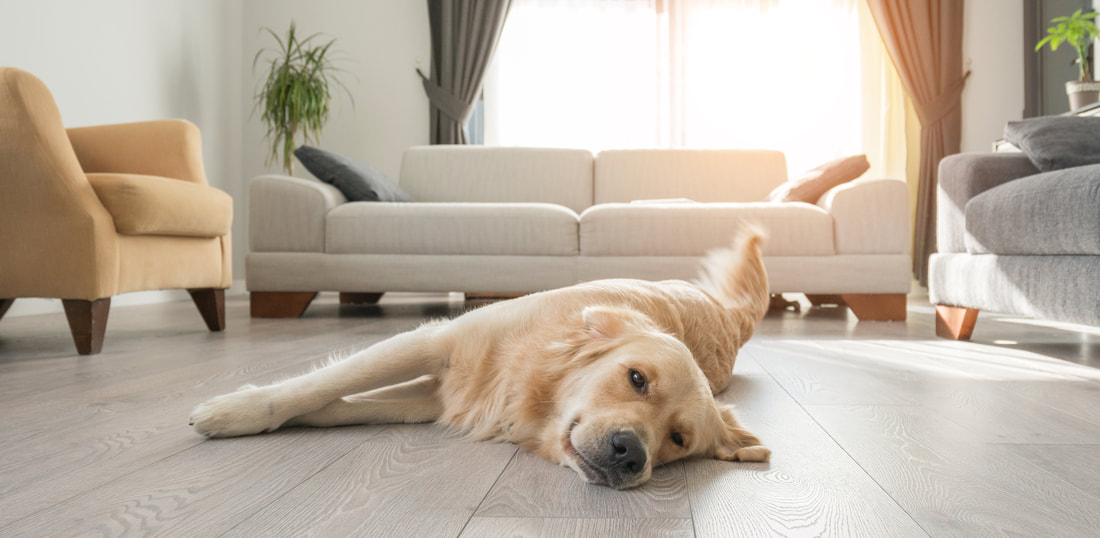STRESS FREE VISITS START AT HOME
|
KEEP TOUCHING THEM - As puppies or kittens, get them used to being picked up, opening the mouth, looking in the ears, cutting nails and touching anywhere. Let them know it is OK for you to handle them and that you are in charge, and do so lovingly. This is very important so that they will cooperate at the vet but also so that you can give pills or any medications when needed.
SOCIALIZATION - Get them used to other people by getting them used to other people touching and handling them.
BE YOUR DOG'S TEACHER AND LEADER - In the case of dogs, teach them to sit and listen to your commands. They look up to you and want your direction.
|
PRACTICE SAFE TRAVEL - Get them used to traveling in the car and in the case of cats, that they feel safe in the carrier. Cats feel safer in confined spaces. It is best not to have more than one cat in a carrier. They may be best friends but under non familiar conditions it is not uncommon that they engage in redirected aggression to one another. Also for safety, you can use a pet seat belt to hold the dog in place and in the case of pets in a pet carrier, you can strap the seat belt around the carrier.
PROVIDE ALONE TIME - Get them used to being alone or away from you so they do not suffer from separation anxiety (dogs mostly). Do not make a big fuss when you come home so your dog does not wait all day for that moment you return and is anxious all day. Also provide the favorite toy or treat when you leave.
BE A MODEL OF CALMNESS - Be calm before and during the visit- they can sense you are nervous for them.
MAKE IT FUN - Bring their favorite treats in the carrier or to the visit.
|
FEEL FREE TO ASK FOR SEDATIVES - Some patients benefit from a mild sedative for the visit. Ask for those if needed.
DO NOT IGNORE THEIR FEAR OR REWARD THIER SIGNS OF AGGRESSION - Pets will often bite, growl or scratch out of fear. In the case of dogs, they are often being protective of their caregivers. These are normal reactions and does not make them bad pets. It means we need to be careful and they are warning us to back off. Hence, for our protection we may need you to be able to place a muzzle or let us handle them differently. We cannot let anyone get injured during the visit.
|
By doing all of the above, you might be able to make the visit as stress free as possible. It is not possible to achieve this in just a 20 or 30 minute appointment. It is possible if the pet came in multiple times for doctor visits with treats and play long before any treatments are necessary. There are no guarantees for a stress free visit, but the more you work on this, the less likely your pet will be stressed at the vet's office.


